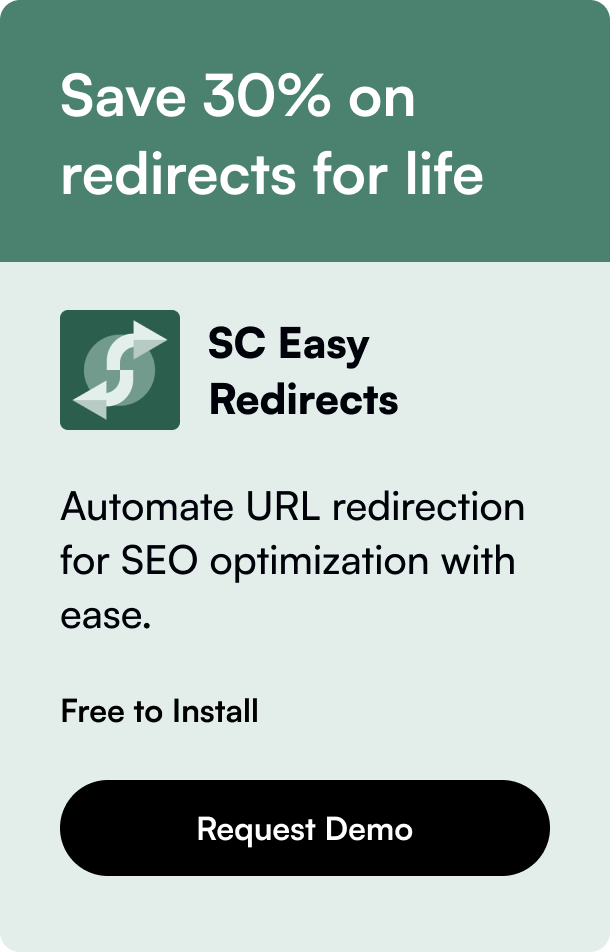Table of Contents
- Introduction
- The Essence of Shopify and Spring
- Delving Deeper: Features and Functionality
- Personalization and User Experience
- Final Thoughts: Making the Choice
- FAQ Section
Introduction
Have you ever wondered whether Shopify or Spring is the more suitable platform for launching and managing your e-commerce venture? The decision can significantly impact how you run your online store and shape your business's future. With e-commerce continuously evolving, choosing an appropriate and scalable platform is crucial for keeping up with consumer demands and staying competitive. Whether you're an aspiring entrepreneur or an established business exploring new platforms, this article will be your ultimate guide to choosing between Shopify and Spring.
The Essence of Shopify and Spring
Shopify is a leading e-commerce platform that has carved out a significant place in the global digital landscape. With impressive customization features, a user-friendly interface, and comprehensive tools for entrepreneurs, Shopify enables brands to set up, launch, and scale their online stores effectively. Ranked among the Global Top 100 Brands, it boasts a broad user base testament to its popularity and reliability.
On the other hand, Spring (formerly known as Teespring) platforms differ from Shopify's full-spectrum services. Spring has specialized in simplifying the process of selling customized products and merchandise. While it doesn’t offer extensive e-commerce tools like Shopify, its easy-to-use ecosystem for creative entrepreneurs and influencers stands out. Despite lacking a ranking among the Global Top 1000 Brands, Spring has its loyal customers valuing its print-on-demand business model.
Delving Deeper: Features and Functionality
Virtual Storefront and Design
Shopify provides an edge with its exhaustive suite of themes and customizable storefront templates. Brands get the creative freedom to meticulously tailor their site's aesthetics, offering a unique shopping experience to customers. It extends further with a diverse list of plugins and apps available on Shopify’s marketplace, aiding in functionality expansion and custom developments.
Spring serves a niche market with a more straightforward approach, emphasizing easy design tools for POD products. It caters to creators who wish to quickly translate their designs onto a variety of merchandise without delving into complex web design and management.
E-commerce Operations
Shopify outperforms with efficiency in ordering, processing, and back-end integrations, facilitating a smooth operation for diverse product lines. Its structured operation modules meticulously manage complex functionalities, including inventory, shipping, taxes, and customer interactions.
Whereas Spring manages the operations implicitly from the time a customer places an order to fulfillment and shipping, it largely accommodates print-on-demand businesses with fewer operational concerns compared to Shopify’s realm.
Marketing and SEO Potentials
The marketing arena is where Shopify’s toolkit shines with SEO features, social media integrations, email campaigns, and analytical insights. The data-driven marketing approaches optimize the growth and reach of an online store extensively.
For Spring, the marketing arsenal is less extensive but effective within its ecosystem. Spring’s platform facilitates exposure within their marketplace, riding on the social proof and community-driven sales strategy.
Growth and Scalability
Shopify is a robust scaffold that supports business growth. Its scalability is apparent in that it caters to small startups and large corporate retailers alike. The scalability extends to international markets with multi-currency and multi-lingual support, vital in today’s global marketplace.
Spring’s model focuses on a direct and niche marketplace, allowing for growth within the confines of print-on-demand offerings. The scalability may be limited comparison to Shopify but aligns well for influencers and niche creators.
Cost-Effectiveness
From pricing standpoints, Shopify's tier-based subscription model includes a range of plans fit for different business sizes. Although there’s an upfront cost, the investment justifies the comprehensive features and expansion possibilities.
Spring boasts of a no-cost front end, appealing to entrepreneurs on a budget. They offer a margin-based earning opportunity where the user earns the difference between the base cost and the sale price without subscribing to any upfront fees.
Personalization and User Experience
User experience is key in the digital shopping realm. Shopify gives its users the ability to offer personalized experiences and product recommendations leveraging its advanced analytics and AI support.
Spring also ensures a level of personalization, particularly in the product design phase and through curated storefronts. The user-generated-content (UGC) approach frequently leveraged by Spring creators fosters a sense of customization and connection with the audience.
Final Thoughts: Making the Choice
The debate between Shopify and Spring ultimately drills down to the individual needs of a business. If you're aiming to build a comprehensive online store with varied products and wish to control every aspect of it, Shopify is the unarguable choice. It’s for those who aim high and invest time and resources in an ever-expanding digital storefront.
For artists, creators, or influencers with a primary aim to sell customized or print-on-demand merchandise with minimal hassle, Spring provides an easy start-up experience with a sense of community.
FAQ Section
Q: Is Shopify suitable for beginners? A: Yes, Shopify is beginner-friendly with an intuitive setup process. However, the depth of its features may require some learning curve.
Q: Can Spring process and ship products other than print-on-demand items? A: Primarily, Spring is focused on POD items and may not be the best fit for an extensive product line.
Q: Does Shopify support dropshipping? A: Yes, Shopify is compatible with dropshipping business models with various apps that facilitate the process.
Q: How significant are marketing tools for e-commerce success? A: Marketing tools are essential for driving traffic, converting sales, and creating brand loyalty. They are a cornerstone of e-commerce success.
Q: Can I switch platforms if my business model changes? A: Certainly, it’s possible to migrate from one platform to another, though the transition requires strategic planning to ensure data transfer and minimal interruption.
Ultimately, both Shopify and Spring offer momentum for e-commerce endeavors but through distinctly tailored approaches. Choosing the right platform aligns with your long-term vision, resources, market approach, and ambition, steering your e-commerce journey to success.








